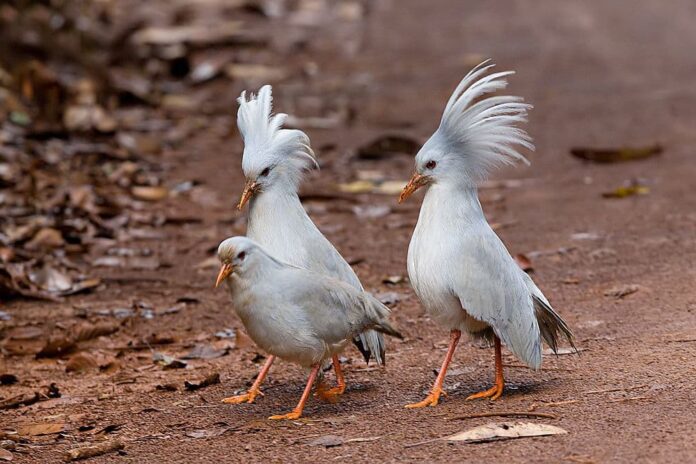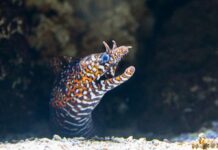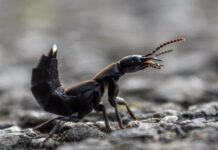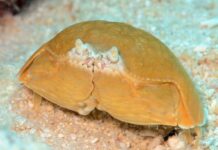Kagu or cagou, is a unique-looking and majestic bird with an appearance that will capture both your attention and heart. From the colorations to behaviors and more, this bird has it all and we are going to find out today. Beauty comes with drawbacks, and kagus are facing the risk of extinction due to many threats. And if you have not heard of this majestic bird yet, feel free to find out more below.
1Appearance

The beautiful kagu has pale gray plumage that gets darker at the rear. Their long legs are bright red in color, and those long legs allow them to travel long distances on foot. That is not all, a kagu can also run very quickly, which is very helpful during an encounter with predators. Their red beaks are pointed and strong, and kagus use them for shallow digging between rocks. As for the dark red eyes, they are large and equipped with binocular vision. This is very helpful for them in finding prey in leaf litter and seeing in the dark forests.
The bird stands 55 centimeters tall, and they are almost flightless, so they spend most of their time on or near the ground. Those wings are actually for display because their primary wing feathers are nicely patterned. And since these birds are “almost” flightless, they can glide when fleeing in danger so proper flying is not possible. But the star of the appearance feature is that graceful crest that the birds use to display to other members of the species. When resting, you barely see it, but when erected and fanned out to impress the females, the kagu looks absolutely stunning. More than that, they have nasal corns that cover their nostrils, which is the only feature that this specific bird has. These nasal corns are thick skin flaps that protect their nostrils as they root around in the soil looking for food.
2Behavior
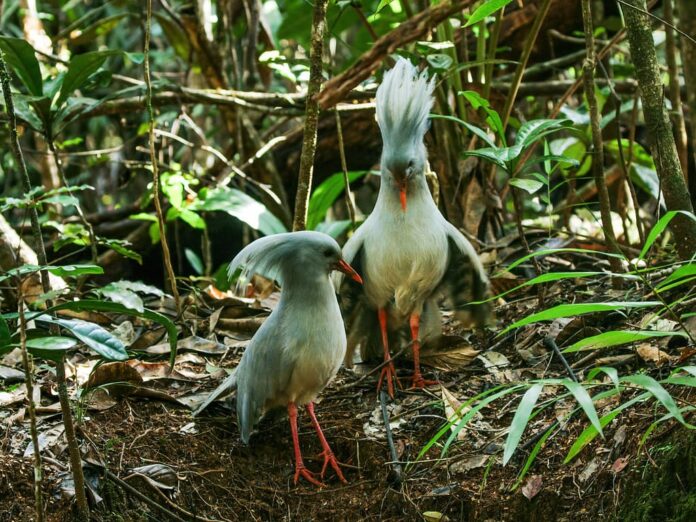
Kagu live in a clan-based social organization where each family has one breeding female and one to three breeding males. As territorial birds, even young male offspring help maintain the territories where their parents claimed. They also have ghostly cries that they use to communicate with each other. Males and females have different sounds, the cries resemble a dog barking and a rooster crowing at the same time. However, a female’s sounds are faster and shorter than a male’s. Plus the pale appearance, kagus also go by another nickname, “Ghosts of the Forests.”
One of the bird’s unique behaviors is the fact that they fake their own injury to trick predators. When there are predators that want to harm their chicks, the parents will do the “broken-wing” display. This is to lure the predators away from their chicks, how smart is that? Kagus are monogamous, and they incubate their single egg together in the ground nest they build together. Young kagu can stay with their parents for up to 6 years, and they even help raise their younger siblings.
3Feeding & Habitats
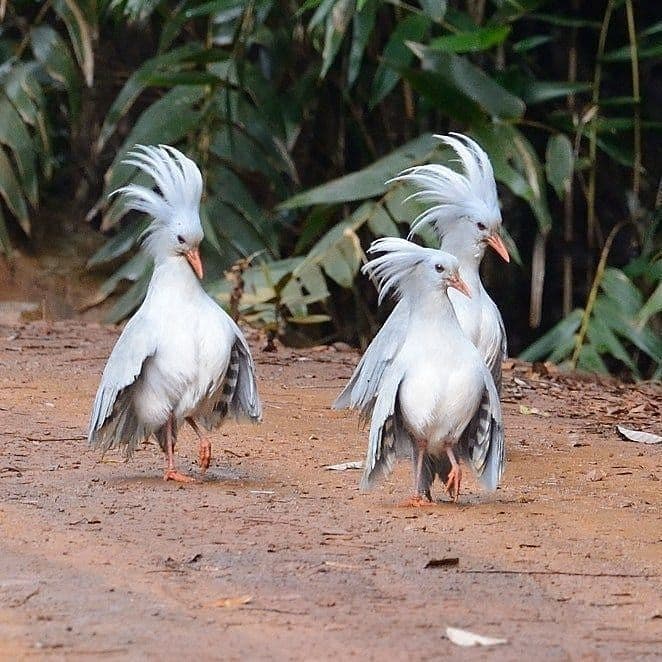
Kagu is endemic to New Caledonia, where they inhabit dense mountain forests and shrublands. Among the island chain, kagus are only found on the main island of Grande Terre. These birds are exclusively carnivorous, and they usually feed on invertebrates that they can find. Their most favorite and usual meals are annelid worms, lizards, and snails. However, they also take on beetles, bugs, centipedes, grasshoppers, insects, larvae, and spiders. It is common to see them foraging for food from leaf litter or soil as well as vegetation.
4Threats
Having such a limited and small range, kagu faces a lot of threats. The main threat to their population at the moment is subsistence hunting. Along with that, cats, pigs, dogs, and rats brought by the French are also affecting their number as well. Pigs and rats raid their nests and consume their eggs, and kagu only lays a single egg per season. Meanwhile, cats and dogs prey on both the young and the adult. Not to mention habitat loss caused by forestry and mining, things are not going well for them at all.
Related Post: Beautiful Birds With Crowns

